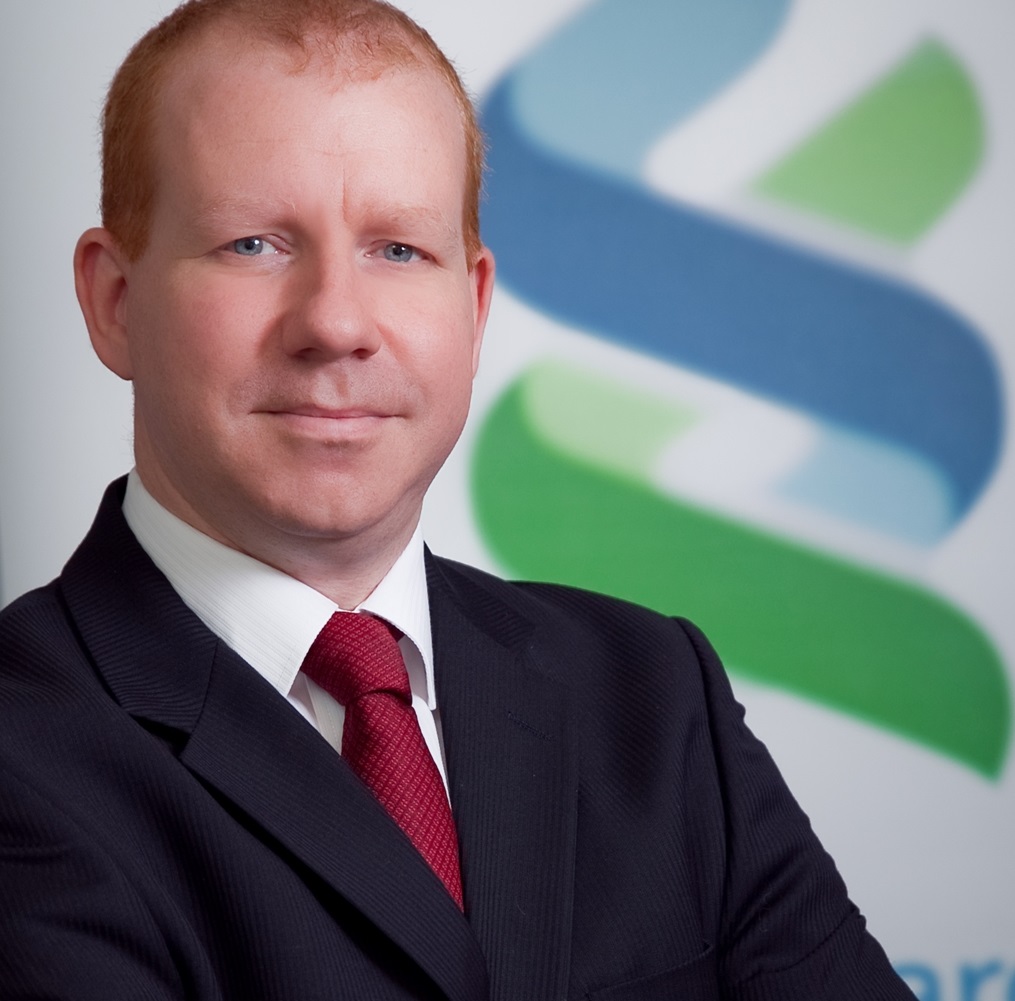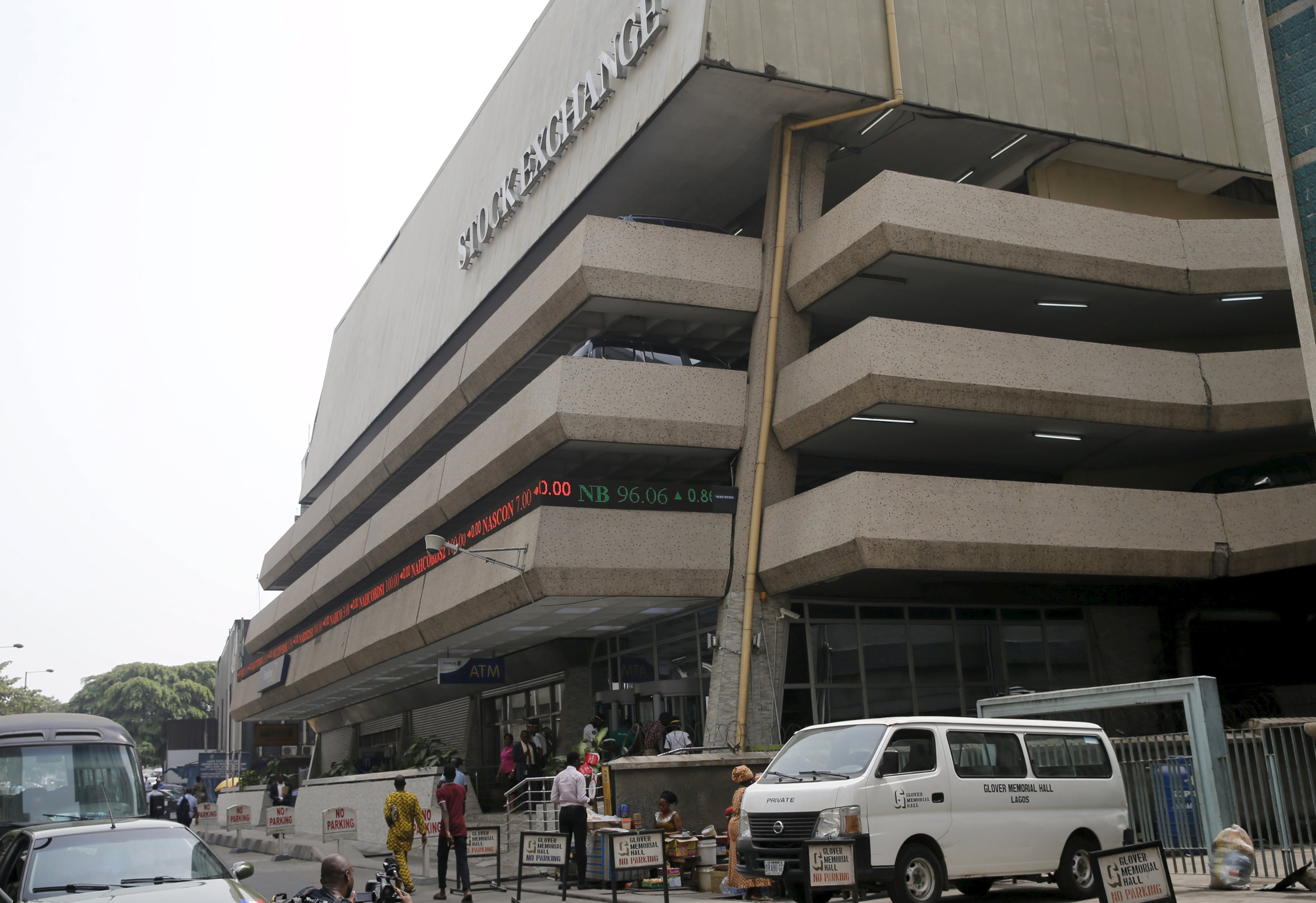Economy
Are Stop Losses for Wimps?

By Steve Brice
When I started out in banking, I was based in a dealing room advising traders on potential positions to take. The positions were focused and generally very short-term in nature. Therefore, risk management was not a ‘nice-to-have’, it was vital to job security. When entering a trade, a stop-loss – a level at which the position taken would be unwound if it was losing money – was a must.
It was against this backdrop that a former colleague quipped that ‘stop-losses are for wimps’. He was of course referring to certain stocks in his portfolio which had fallen dramatically – he was probably justifying to himself why he should keep it! However, it raises an interesting question: Should we employ stop-losses when we invest?
While many people will be very passionate about this topic, as with most things in life, context is key. If you think about it, the existence of the stop-loss is a hedge against the fact that nobody knows what is going to happen and therefore you need to build in a circuit-breaker to avoid the behavioural biases that come with a loss-making position – the ostrich, or ‘head in the sand’, syndrome.
So, how does this translate for an average investor? I would argue that there are two dimensions to consider: the nature of investments being discussed and your time horizon. Let’s take each in turn.
I have a much greater conviction level that a diversified ‘foundation’ allocation (which includes exposure to different asset classes such as stocks, bonds, gold and private assets), or even a diversified equity portfolio, is more likely to rise over a given period of time than any individual stock.
The reason is simple. Different asset classes have different drivers and hence are usually uncorrelated in their moves. Therefore, just combining them into a portfolio smooths out the bumps and increases the probability of positive returns for the portfolio as a whole.
When it comes to the stock market, there are also different drivers that determine equity market or individual stock returns, but let’s simplify them into broad market drivers and idiosyncratic drivers. If the economy enters a recession, then most stocks will fall sharply in value. However, a company’s failed product launch will largely hit one stock, and those of a few of its suppliers. Its impact on the overall market will be much less severe.
This brings me to Principle Number 1: The broader the investment, the less likely a stop-loss is warranted and that a buy on dips approach makes sense.
A very good friend of mine recently questioned how applicable this ‘buy on dips’ approach was to stock markets outside of the US. So, we ran the numbers for some major global and Asian markets in terms of probability of positive returns over different time horizons and the potential size of returns for investors. The results are pretty interesting.
First, the historical probability of positive equity market returns across any given 12-month period, at around a two-thirds probability, is generally similar across major global or Asian indices – China is an outlier at just 55%. If you extend your time horizon to 5 years, this probability generally increases to around 80% – the outliers are Japan’s TOPIX (66%) and India’s Sensex (92%).
Second, we looked at what has happened after a 10% or 15% market pullback. Focusing on the 1-year time horizon, we can break the countries into 3 groups:
1) either the probability of positive returns or size of average return or both have increased significantly after a market sell-off. Markets that fall into this group include the US, Germany, UK, India.
2) there is no material change in either variable. This includes Hong Kong, Malaysia and Korea. Once you lengthen your time horizon to 5 years though, they all move into the first group.
3) the probability of positive returns or their average quantum actually declines after a sell-off. Japan and onshore China markets fit into this group. On a 5-year time horizon, China also moves into the first group but, interestingly, Japan stays firmly in group 3.
Hence the conclusion is: outside of Japan, the ‘buy on dips’ mantra has made sense, especially when held by long-term investors.
The above analysis highlights the importance of the last factor: time horizon. The dealing room environment generally takes narrow exposures over a very short time horizon. Thus, stop-losses are crucial. However, I believe the message for the average investor is the reverse as long as they are focused on a diversified foundation allocation with a long-term focus.
Structural thematic investments also potentially fall into this category. The longer your time horizon, the more likely your investment is to generate positive returns as long as the structural fundamentals remain supportive. Here, again, instead of a stop-loss being appropriate, market declines offer an opportunity to add to longer-term thematic positions given the likelihood that declines will prove temporary.
Principle number 2: The longer your time horizon, the less desirable a stop-loss is, especially for diversified allocations or long-term structural themes.
Thus, for investors who are trying to trade the market and pick stocks, we believe a strict risk management framework including the use of stop-losses is absolutely critical to returns. However, we believe the majority of investors would be much better served by building a foundation allocation with a ‘buy on dips’ approach. Investors can systematise this ‘buy on dips’ approach through regular portfolio rebalancing – say at least once or twice a year and especially after major market dislocations to bring their allocations back to their desired risk tolerance. Such rebalancing is akin to an investor systematically “buying low and selling high” – a win-win proposition. For these investors, stop-losses are likely to get in the way of wealth accumulation.
Steve Brice is Chief Investment Officer at Standard Chartered Bank’s Wealth Management division
Economy
LCCI Raises Eyebrow Over N15.52trn Debt Servicing Plan in 2026 Budget

By Adedapo Adesanya
The Lagos Chamber of Commerce and Industry (LCCI) has noted that the N15.52 trillion allocation to debt servicing in the 2026 budget remains a significant fiscal burden.
LCCI Director-General, Mrs Chinyere Almona, said this on Tuesday in Lagos via a statement in reaction to the nation’s 2026 budget of N58.18 trillion, hinging the success of the 2026 budget on execution discipline, capital efficiency, and sustained support for productive sectors.
She noted that the budget was a timely shift from macroeconomic stabilisation to growth acceleration, reflecting growing confidence in the economy.
She lauded its emphasis on production-oriented spending, with capital expenditure of N26.08 trillion, representing 45 per cent of total outlays, and significantly outweighing non-debt recurrent expenditure of N15.25 trillion.
According to Mrs Almona, this composition supports infrastructure development, industrial expansion, and productivity growth.
However, she explained that the N15.52 trillion allocation to debt servicing underscored the need for stricter borrowing discipline, enhanced revenue efficiency, and expanded public-private partnerships to safeguard investments that promote growth.
She added that a further review of the 2026 budget revealed relatively optimistic macroeconomic assumptions that may pose fiscal risks.
“The oil price benchmark of $64.85 per barrel, although lower than the $75.00 benchmark in the 2025 budget, appears optimistic when compared with the 2025 average price of about $69.60 per barrel and current prices around $60 per barrel.
“This raises downside risks to oil revenue, especially since 35.6 per cent of the total projected revenue is expected to come from oil receipts.
“Similarly, the oil production benchmark of 1.84 million barrels per day is significantly higher than the current level of approximately 1.49 million barrels per day.
“Achieving this may be challenging without substantial improvements in security, infrastructure integrity, and sector investment,” she said.
Mrs Almona said the exchange rate assumption of N1,512 to the Dollar, compared with N1,500 in the 2025 budget and about N1,446 per Dollar at the end of November, suggests expectations of a mild depreciation.
She said while this may support Naira-denominated revenue, it also increases the cost of imports, debt servicing, and inflation management, with broader macroeconomic implications.
The LCCI DG added that the inflation projection of 16.5 per cent in 2026, up from 15.8 per cent in the 2025 budget and a current rate of about 14.45 per cent, appeared optimistic, particularly in a pre-election year.
She also expressed concern about Nigeria’s historically weak budget implementation capacity, likely to be further strained by the combined operation of multiple budget cycles within a single year.
Looking ahead, Mrs Almona identified agriculture and agro-processing, manufacturing, infrastructure, energy, and human capital development as key drivers of growth in 2026.
She said that unlocking these sectors would require decisive execution—scaling irrigation and agro-value chains, reducing power and logistics costs for manufacturers, and aligning education and skills development with private-sector needs.
The LCCI head stressed the need to resolve issues surrounding the Naira for crude, increase the supply of oil to local refineries to boost local refining capacity and conserve the substantial foreign exchange used for fuel imports.
“Overall, the 2026 Budget presents a credible opportunity for Nigeria to transition from recovery to expansion.
“Its success will depend less on the size of allocations and more on execution discipline, capital efficiency, and sustained support for productive sectors.
Economy
Customs Street Chalks up 0.12% on Santa Claus Rally

By Dipo Olowookere
The Nigerian Exchange (NGX) Limited witnessed Santa Claus rally on Wednesday after it closed higher by 0.12 per cent.
Strong demand for Nigerian stocks lifted the All-Share Index (ASI) by 185.70 points during the pre-Christmas trading session to 153,539.83 points from 153,354.13 points.
In the same vein, the market capitalisation expanded at midweek by N118 billion to N97.890 trillion from the preceding day’s N97.772 trillion.
Investor sentiment on Customs Street remained bullish after closing with 36 appreciating equities and 22 depreciating equities, indicating a positive market breadth index.
Guinness Nigeria chalked up 9.98 per cent to trade at N318.60, Austin Laz improved by 9.97 per cent to N3.20, International Breweries expanded by 9.85 per cent to N14.50, Transcorp Hotels rose by 9.83 per cent to N170.90, and Aluminium Extrusion grew by 9.73 per cent to N16.35.
On the flip side, Legend Internet lost 9.26 per cent to close at N4.90, AXA Mansard shrank by 7.14 per cent to N13.00, Jaiz Bank declined by 5.45 per cent to N4.51, MTN Nigeria weakened by 5.21 per cent to N504.00, and NEM Insurance crashed by 4.74 per cent to N24.10.
Yesterday, a total of 1.8 billion shares valued at N30.1 billion exchanged hands in 19,372 deals versus the 677.4 billion shares worth N20.8 billion traded in 27,589 deals in the previous session, implying a slump in the number of deals by 29.78 per cent, and a surge in the trading volume and value by 165.72 per cent and 44.71 per cent apiece.
Abbey Mortgage Bank was the most active equity for the day after it sold 1.1 billion units worth N7.1 billion, Sterling Holdings traded 127.1 million units valued at N895.9 million, Custodian Investment exchanged 115.0 million units for N4.5 billion, First Holdco transacted 40.9 million units valued at N2.2 billion, and Access Holdings traded 38.2 million units worth N783.3 million.
Economy
Yuletide: Rite Foods Reiterates Commitment to Quality, Innovation

By Adedapo Adesanya
Nigerian food and beverage company, Rite Foods Limited, has extended warm Yuletide greetings to Nigerians as families and communities worldwide come together to celebrate the Christmas season and usher in a new year filled with hope and renewed possibilities.
In a statement, Rite Foods encouraged consumers to savour these special occasions with its wide range of quality brands, including the 13 variants of Bigi Carbonated Soft Drinks, premium Bigi Table Water, Sosa Fruit Drink in its refreshing flavours, the Fearless Energy Drink, and its tasty sausage rolls — all produced in a world-class facility with modern technology and global best practices.
Speaking on the season, the Managing Director of Rite Foods Limited, Mr Seleem Adegunwa, said the company remains deeply committed to enriching the lives of consumers beyond refreshment. According to him, the Yuletide period underscores the values of generosity, unity, and gratitude, which resonate strongly with the company’s philosophy.
“Christmas is a season that reminds us of the importance of giving, togetherness, and gratitude. At Rite Foods, we are thankful for the continued trust of Nigerians in our brands. This season strengthens our resolve to consistently deliver quality products that bring joy to everyday moments while contributing positively to society,” Mr Adegunwa stated.
He noted that the company’s steady progress in brand acceptance, operational excellence, and responsible business practices reflects a culture of continuous improvement, innovation, and responsiveness to consumer needs. These efforts, he said, have further strengthened Rite Foods’ position as a proudly Nigerian brand with growing relevance and impact across the country.
Mr Adegunwa reaffirmed that Rite Foods will continue to invest in research and development, efficient production processes, and initiatives that support communities, while maintaining quality standards across its product portfolio.
“As the year comes to a close, Rite Foods Limited wishes Nigerians a joyful Christmas celebration and a prosperous New Year filled with peace, progress, and shared success.”
-

 Feature/OPED6 years ago
Feature/OPED6 years agoDavos was Different this year
-
Travel/Tourism9 years ago
Lagos Seals Western Lodge Hotel In Ikorodu
-

 Showbiz3 years ago
Showbiz3 years agoEstranged Lover Releases Videos of Empress Njamah Bathing
-

 Banking8 years ago
Banking8 years agoSort Codes of GTBank Branches in Nigeria
-

 Economy3 years ago
Economy3 years agoSubsidy Removal: CNG at N130 Per Litre Cheaper Than Petrol—IPMAN
-

 Banking3 years ago
Banking3 years agoFirst Bank Announces Planned Downtime
-

 Banking3 years ago
Banking3 years agoSort Codes of UBA Branches in Nigeria
-

 Sports3 years ago
Sports3 years agoHighest Paid Nigerian Footballer – How Much Do Nigerian Footballers Earn













